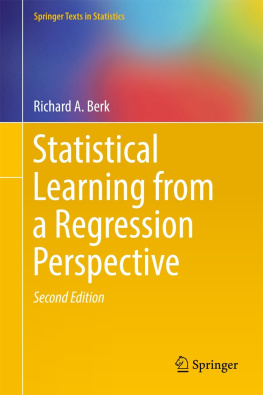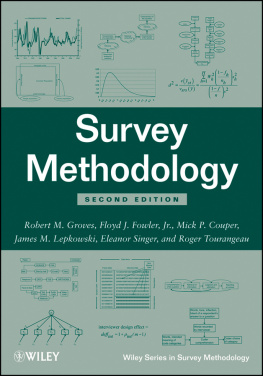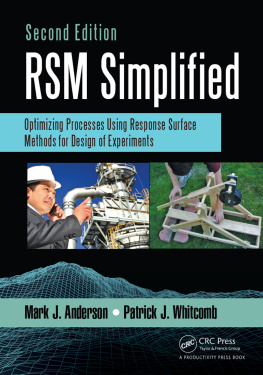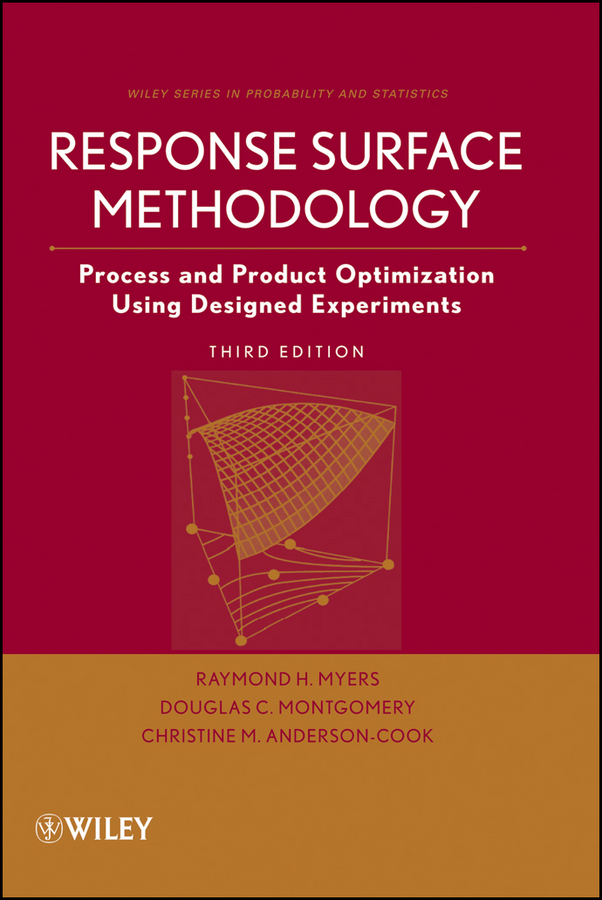Raymond H. Myers - Response Surface Methodology: Process and Product Optimization Using Designed Experiments
Here you can read online Raymond H. Myers - Response Surface Methodology: Process and Product Optimization Using Designed Experiments full text of the book (entire story) in english for free. Download pdf and epub, get meaning, cover and reviews about this ebook. year: 2009, publisher: Wiley, genre: Children. Description of the work, (preface) as well as reviews are available. Best literature library LitArk.com created for fans of good reading and offers a wide selection of genres:
Romance novel
Science fiction
Adventure
Detective
Science
History
Home and family
Prose
Art
Politics
Computer
Non-fiction
Religion
Business
Children
Humor
Choose a favorite category and find really read worthwhile books. Enjoy immersion in the world of imagination, feel the emotions of the characters or learn something new for yourself, make an fascinating discovery.

- Book:Response Surface Methodology: Process and Product Optimization Using Designed Experiments
- Author:
- Publisher:Wiley
- Genre:
- Year:2009
- Rating:3 / 5
- Favourites:Add to favourites
- Your mark:
Response Surface Methodology: Process and Product Optimization Using Designed Experiments: summary, description and annotation
We offer to read an annotation, description, summary or preface (depends on what the author of the book "Response Surface Methodology: Process and Product Optimization Using Designed Experiments" wrote himself). If you haven't found the necessary information about the book — write in the comments, we will try to find it.
This book [is for] anyone who would like a good, solid understanding of response surface methodology. The book is easy to read, easy to understand, and very applicable. The examples are excellent and facilitate learning of the concepts and methods.
Journal of Quality Technology
Complete with updates that capture the important advances in the field of experimental design, Response Surface Methodology, Third Edition successfully provides a basic foundation for understanding and implementing response surface methodology (RSM) in modern applications. The book continues to outline the essential statistical experimental design fundamentals, regression modeling techniques, and elementary optimization methods that are needed to fit a response surface model from experimental data. With its wealth of new examples and use of the most up-to-date software packages, this book serves as a complete and modern introduction to RSM and its uses across scientific and industrial research.
This new edition maintains its accessible approach to RSM, with coverage of classical and modern response surface designs. Numerous new developments in RSM are also treated in full, including optimal designs for RSM, robust design, methods for design evaluation, and experiments with restrictions on randomization as well as the expanded integration of these concepts into computer software. Additional features of the Third Edition include:
Inclusion of split-plot designs in discussion of two-level factorial designs, two-level fractional factorial designs, steepest ascent, and second-order models
A new section on the Hoke design for second-order response surfaces
New material on experiments with computer models
Updated optimization techniques useful in RSM, including multiple responses
Thorough treatment of presented examples and experiments using JMP 7, Design-Expert Version 7, and SAS software packages
Revised and new exercises at the end of each chapter
An extensive references section, directing the reader to the most current RSM research
Assuming only a fundamental background in statistical models and matrix algebra, Response Surface Methodology, Third Edition is an ideal book for statistics, engineering, and physical sciences courses at the upper-undergraduate and graduate levels. It is also a valuable reference for applied statisticians and practicing engineers.
Raymond H. Myers: author's other books
Who wrote Response Surface Methodology: Process and Product Optimization Using Designed Experiments? Find out the surname, the name of the author of the book and a list of all author's works by series.









